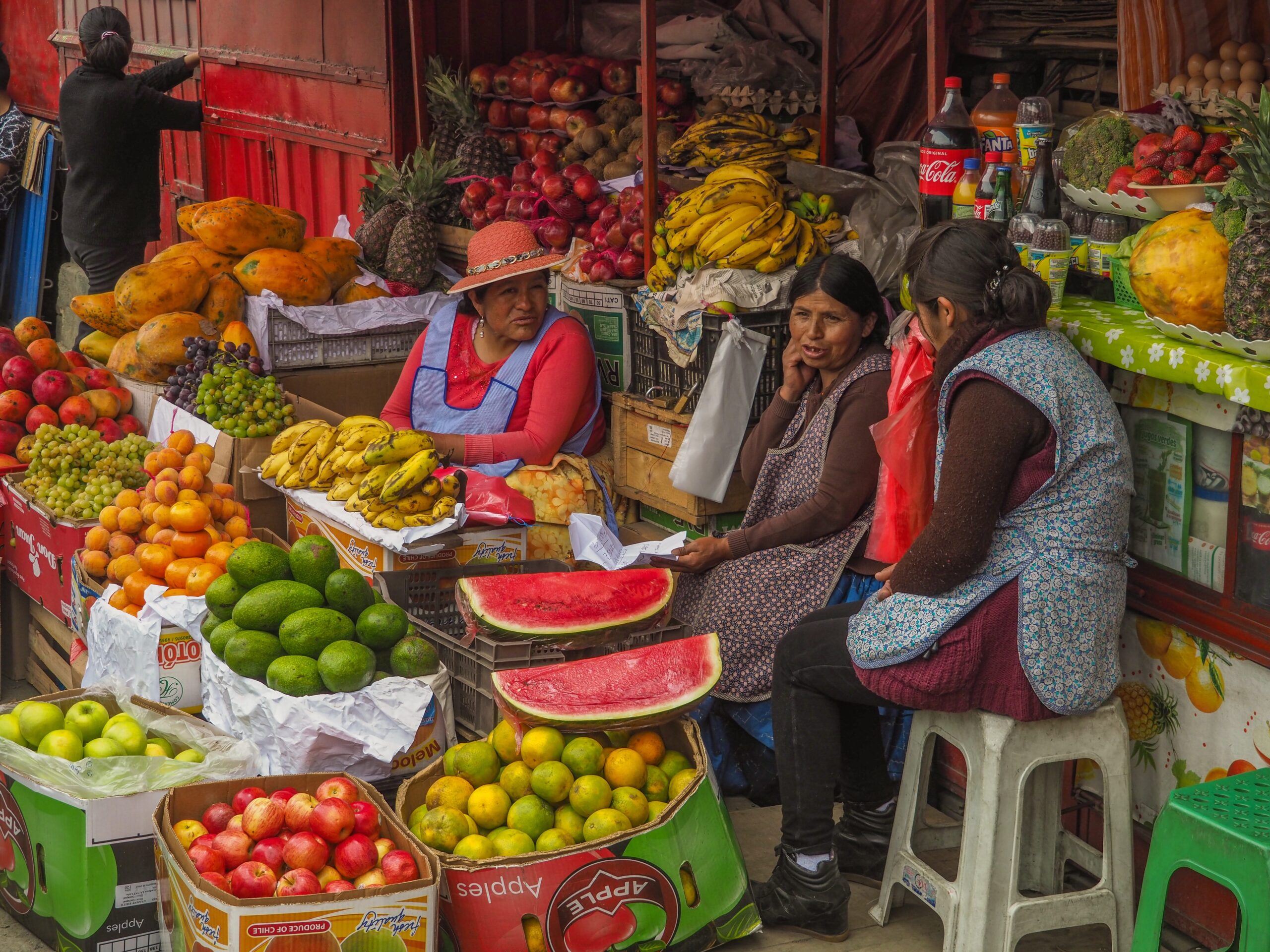Bolivia
South America

About Country
| Capital | La Paz (administrative) and Sucre (constitutional) |
| Population | 11,758,367 (2021 estimate) |
| Population Density | 10.3 people/km² (26.6 people/mi²) |
| GDP | Approximately 43.2 billion USD |
| Language | Spanish, Quechua, and Aymara |
| Currency | Bolivian boliviano |
| National Dish | Salteñas, a type of savory pastry filled with meat and vegetables |
| Religion | Predominantly Roman Catholicism, with some Protestant and indigenous beliefs |
| Climate | Varies depending on the region, but generally ranges from tropical in the eastern lowlands to cold and dry in the western highlands |
| Main Industries | Agriculture, mining, and natural gas extraction |
| Level of Development | Medium Human Development Index (HDI) score of 0.718, ranked 114 out of 189 countries (2021) |
| Area | Approximately 1.1 million square kilometers |
Embark on an unforgettable journey to Bolivia 🇧🇴 and experience its fascinating blend of indigenous and colonial cultures. Explore ancient ruins 🏛️, haggle at vibrant markets 🛍️, and marvel at the majestic Andes mountains ⛰️. Discover the hidden gems of this South American gem today!
Gallery
Main Attractions
Bolivia has many attractions for tourists to enjoy, ranging from natural wonders to historic and cultural landmarks. Here are some of the main attractions in Bolivia:
- 1
Salar de Uyuni - The world's largest salt flat, covering an area of 10,582 square kilometers. It is a unique landscape that creates surreal photos.
- 2
Lake Titicaca - The highest navigable lake in the world and shared with Peru. It is a beautiful place to visit with stunning views of the surrounding Andes mountains.
- 3
La Paz - The administrative capital of Bolivia and one of the highest cities in the world, located in the Andes Mountains. The city offers a mix of historic landmarks and modern attractions, such as the Witches Market, the San Francisco Church, and the Teleferico (cable car).
- 4
Sucre - The constitutional capital of Bolivia and a UNESCO World Heritage Site. Sucre has many beautiful colonial-era buildings, such as the Sucre Cathedral and the Bolivian House of Freedom.
- 5
Tiwanaku - An archaeological site near La Paz that was the capital of one of the most important pre-Columbian empires in the Andes.
- 6
Potosi - A historic mining town in Bolivia that is famous for its silver mines. It is also a UNESCO World Heritage Site.
- 7
Yungas Road - A mountain road connecting La Paz to the town of Coroico, known as the "Death Road" due to its narrowness and dangerous driving conditions.
- 8
Madidi National Park - A protected area in the Amazon Basin that is home to a diverse range of flora and fauna, including jaguars, monkeys, and macaws.
- 9
Oruro Carnival - A colorful and vibrant celebration held every year in the city of Oruro, featuring traditional dances, music, and costumes.
These are just some of the many attractions that Bolivia has to offer, and there are plenty of other places to explore, such as the Jesuit Missions in the Chiquitania region and the colonial town of Tarija.


























